Refine listing
Actions for selected content:
2251 results in Cambridge Elements
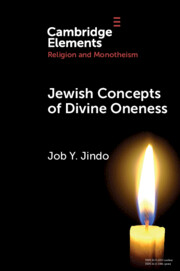
Jewish Concepts of Divine Oneness
- A Comparative Introduction
-
- Published online:
- 04 December 2024
- Print publication:
- 09 January 2025
-
- Element
- Export citation
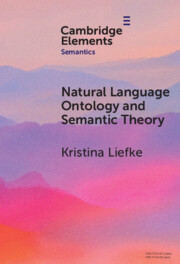
Natural Language Ontology and Semantic Theory
-
- Published online:
- 04 December 2024
- Print publication:
- 27 February 2025
-
- Element
- Export citation
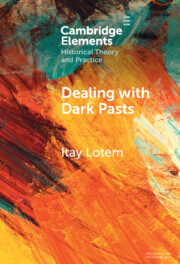
Dealing with Dark Pasts
- A European History of Auto-Critical Memory in Global Perspective
-
- Published online:
- 04 December 2024
- Print publication:
- 16 January 2025
-
- Element
- Export citation
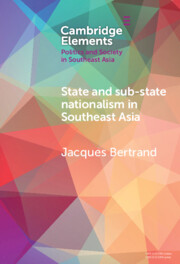
State and Sub-State Nationalism in Southeast Asia
-
- Published online:
- 04 December 2024
- Print publication:
- 09 January 2025
-
- Element
- Export citation
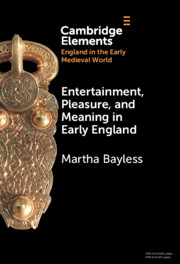
Entertainment, Pleasure, and Meaning in Early England
-
- Published online:
- 04 December 2024
- Print publication:
- 02 January 2025
-
- Element
- Export citation
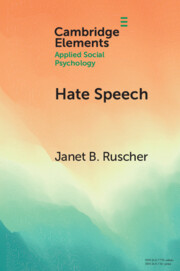
Hate Speech
-
- Published online:
- 04 December 2024
- Print publication:
- 16 January 2025
-
- Element
- Export citation
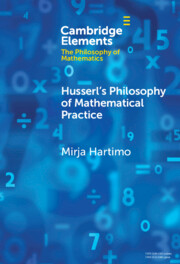
Husserl's Philosophy of Mathematical Practice
-
- Published online:
- 04 December 2024
- Print publication:
- 16 January 2025
-
- Element
- Export citation

Nietzsche on Virtue
-
- Published online:
- 04 December 2024
- Print publication:
- 02 January 2025
-
- Element
- Export citation
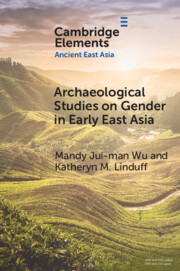
Archaeological Studies on Gender in Early East Asia
-
- Published online:
- 03 December 2024
- Print publication:
- 30 January 2025
-
- Element
- Export citation

Elements of Purity
-
- Published online:
- 03 December 2024
- Print publication:
- 16 January 2025
-
- Element
- Export citation
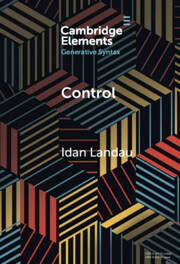
Control
-
- Published online:
- 03 December 2024
- Print publication:
- 09 January 2025
-
- Element
- Export citation
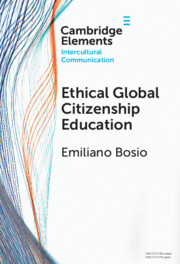
Ethical Global Citizenship Education
-
- Published online:
- 03 December 2024
- Print publication:
- 12 December 2024
-
- Element
- Export citation
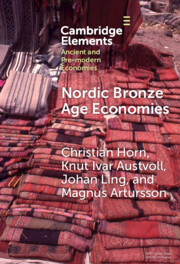
Nordic Bronze Age Economies
-
- Published online:
- 03 December 2024
- Print publication:
- 19 December 2024
-
- Element
-
- You have access
- Open access
- HTML
- Export citation

Relation-Building and Contained Radicalization in the Gaza Pullout Campaign
-
- Published online:
- 03 December 2024
- Print publication:
- 27 February 2025
-
- Element
- Export citation
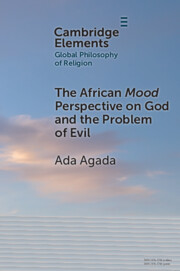
The African Mood Perspective on God and the Problem of Evil
-
- Published online:
- 03 December 2024
- Print publication:
- 02 January 2025
-
- Element
- Export citation

Reconstructing the Human Population History of East Asia through Ancient Genomics
-
- Published online:
- 03 December 2024
- Print publication:
- 09 January 2025
-
- Element
-
- You have access
- Open access
- HTML
- Export citation
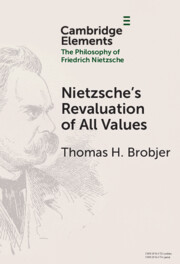
Nietzsche's Revaluation of All Values
-
- Published online:
- 03 December 2024
- Print publication:
- 02 January 2025
-
- Element
- Export citation
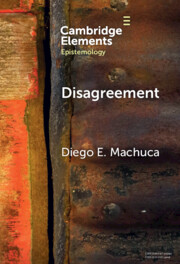
Disagreement
-
- Published online:
- 02 December 2024
- Print publication:
- 19 December 2024
-
- Element
- Export citation
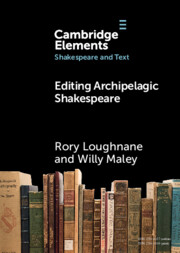
Editing Archipelagic Shakespeare
-
- Published online:
- 02 December 2024
- Print publication:
- 02 January 2025
-
- Element
- Export citation
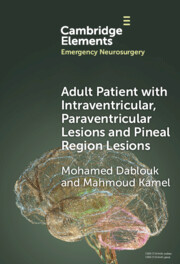
Adult Patient with Intraventricular, Paraventricular and Pineal Region Lesions
-
- Published online:
- 02 December 2024
- Print publication:
- 05 December 2024
-
- Element
- Export citation
